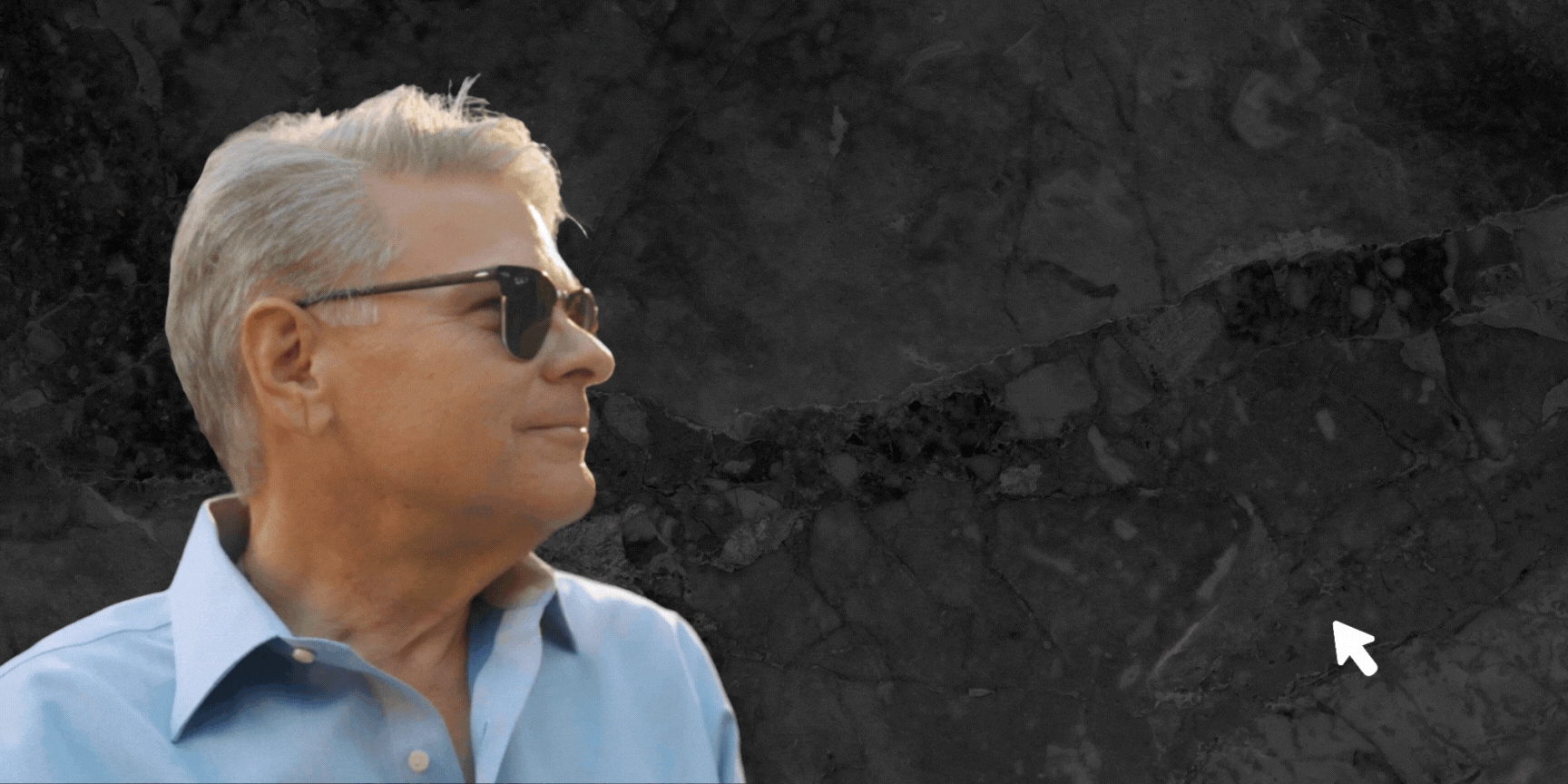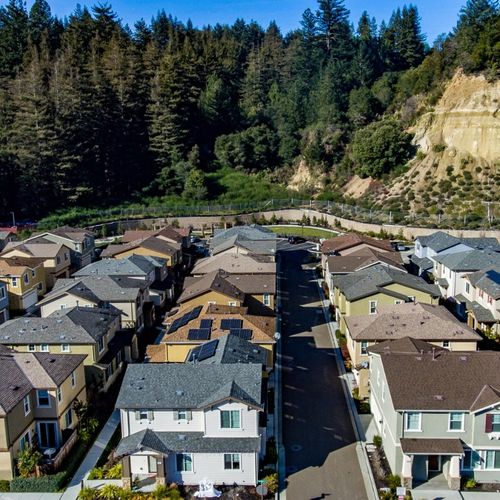Economic obsolescence is a significant factor in real estate, especially in dynamic and rapidly changing markets like Silicon Valley. It can profoundly affect property values and homeowner decisions. This article delves into what economic obsolescence means, how it manifests in Silicon Valley’s cities and neighborhoods, and the measurable impacts it has on home prices. By analyzing specific examples, we can better understand this often-overlooked aspect of the real estate market.
What Is Economic Obsolescence?
Economic obsolescence refers to a decrease in property value caused by external factors that are beyond the owner’s control. Unlike physical obsolescence (wear and tear) or functional obsolescence (outdated design or features), economic obsolescence arises from broader market or environmental conditions. Common causes include:
- Changes in zoning laws.
- Proximity to undesirable facilities like landfills or factories.
- Economic downturns in a specific industry.
- Increased crime rates or declining neighborhood desirability.
- Lack of investment in infrastructure or services.
For homeowners and investors, economic obsolescence is particularly challenging because it cannot be mitigated through property upgrades or renovations. In fact, a classic mistake of homeowners is they seek to over-improve their properties in mitigate these factors to boost their home price. This almost always results in a significant loss of money on these misdirected projects.
How Does Economic Obsolescence Manifest in Silicon Valley?
Silicon Valley is a hub of innovation and prosperity, but even this tech-centric region isn’t immune to economic obsolescence. Despite its wealth, certain areas within Silicon Valley are more vulnerable due to economic shifts, infrastructure challenges, or neighborhood-specific issues.
Should you Buy a Home in Silicon Valley Suffering from Economic Obsolescence?
Buying a home suffering from economic obsolescence can be a smart move under the right circumstances. If the property is significantly discounted compared to similar homes without external issues, it might present an opportunity for equity growth, especially if there are planned infrastructure upgrades or redevelopment projects in the area. It can also make sense if the obsolescence factors, such as proximity to a highway or industrial zone, don’t impact your quality of life.
For long-term investments, homes in improving neighborhoods often gain value as external issues are resolved over time. Additionally, properties with unique features like great architecture, large lots, or access to desirable schools may offset obsolescence concerns. However, if the issues are severe and unlikely to change—such as entrenched crime or persistent environmental hazards—it’s best to avoid the risk. Ultimately, careful evaluation of the property’s potential and the area’s future can turn a challenge into an opportunity.
Advice for Sellers in Areas Impacted by Economic Obsolescence
Selling a home in Silicon Valley that suffers from economic obsolescence requires careful planning and strategic decisions to overcome the challenges and maximize value. Owners should consider the following:
1. Be Realistic About Pricing
Economic obsolescence, such as proximity to industrial zones, highways, or underperforming schools, impacts property values. Pricing the home competitively while reflecting its external limitations is essential to attract buyers.
2. Highlight Unique Selling Points
Focus on the home’s strengths, such as modern upgrades, architectural appeal, or proximity to amenities like parks or tech campuses. Emphasizing these features can offset the impact of obsolescence.
3. Invest in Curb Appeal
Enhancing the home’s curb appeal with landscaping, fresh paint, or small renovations can make it more attractive and help distract from external factors that might otherwise deter buyers.
4. Market to the Right Audience
Target buyers who may be less impacted by the obsolescence factors, such as investors, first-time buyers, or those seeking affordability in an otherwise high-priced market.
5. Address Obsolescence Concerns Transparently
Be upfront about any factors affecting the home, like nearby noise or environmental risks. Transparency builds trust and helps set realistic expectations.
6. Work with an Experienced Silicon Valley REALTOR®
A skilled Silicon Valley real estate agent understands local market dynamics and can position the property to minimize the impact of economic obsolescence. They can also connect the home with buyers who may see its potential despite external challenges.
7. Leverage Local Trends
Monitor area development or planned infrastructure projects that could improve the neighborhood’s desirability. Highlighting these future benefits in marketing materials can make the home more appealing.
8. Offer Incentives
Consider offering concessions, such as paying for closing costs, providing a home warranty, or contributing to minor repairs, to sweeten the deal for prospective buyers.
By addressing these factors, sellers can better navigate the challenges of economic obsolescence and achieve a successful sale in Silicon Valley’s competitive real estate market.
Cities and Neighborhoods Affected Most by Economic Obsolescence in Silicon Valley
1. East San Jose
East San Jose, while rich in cultural diversity, has historically faced economic challenges. Factors contributing to economic obsolescence include:
- Higher crime rates: Some areas have struggled with gang-related activity, reducing their appeal to potential buyers.
- Aging infrastructure: Roads, schools, and utilities in some parts of East San Jose have not kept pace with the rest of Silicon Valley.
- Job accessibility: While San Jose is the largest city in the Valley, East San Jose residents often face longer commutes to tech hubs like Mountain View, Palo Alto, or Cupertino.
Impact on Home Prices
East San Jose homes generally sell for significantly less than the Valley’s average. For example, while the median home price in Silicon Valley hovers around $2 million, properties in East San Jose often sell for $800,000 to $1.2 million. This disparity is partly due to economic obsolescence.
2. Milpitas
Milpitas, located at the northeastern edge of Silicon Valley, has seen pockets of economic obsolescence. Contributing factors include:
- Proximity to industrial areas: Some neighborhoods are adjacent to large warehouses, factories, and the Newby Island Landfill, which can deter buyers.
- Air quality concerns: Industrial emissions have raised concerns among residents, further affecting desirability.
Impact on Home Prices
Milpitas homes tend to be more affordable compared to central Silicon Valley cities like Mountain View or Sunnyvale, with median prices around $1.2 million. Proximity to industrial zones can reduce property values by 5–10%.
3. Downtown San Jose
While Downtown San Jose is undergoing redevelopment, certain areas still suffer from:
- Underdeveloped infrastructure: Limited green spaces and pedestrian-friendly areas.
- Transient population: High renter turnover and homelessness issues have deterred some buyers.
- Commercial vacancies: Retail spaces and offices in some parts of Downtown remain empty, signaling economic stagnation.
Impact on Home Prices
Although redevelopment efforts have bolstered some property values, certain parts of Downtown San Jose lag behind, with home prices 10–15% lower than comparably sized homes in nearby Willow Glen or Rose Garden.
4. East Palo Alto
East Palo Alto faces economic obsolescence challenges due to factors like
- Proximity to highways and industrial zones
- Aging infrastructure
- Flood risks
- Lingering safety concerns.
Impact on Home Prices
These issues keep home prices lower than neighboring cities like Palo Alto, with median prices around $1.1 million compared to Palo Alto’s $3.5 million. Areas near highways and flood zones often see a 5–15% reduction in value. However, ongoing investments in infrastructure, flood prevention, and mixed-use developments, combined with its proximity to tech hubs like Facebook, are gradually improving the city’s appeal and mitigating the impact of economic obsolescence.
Cities and Neighborhoods Least Affected by Economic Obsolescence in Silicon Valley
1. Palo Alto
Palo Alto, home to Stanford University and many tech executives, suffers the least from economic obsolescence due to:
- Stable demand: Its proximity to major tech companies ensures continued high demand for housing.
- Strong public services: Palo Alto Unified School District is one of the best in the nation, attracting families.
- Community investment: The city consistently invests in parks, libraries, and transportation infrastructure.
Impact on Home Prices
Palo Alto’s median home price exceeds $3 million, with economic obsolescence having virtually no effect.
2. Los Altos and Los Altos Hills
These affluent neighborhoods of Los Altos and Los Altos Hills benefit from:
- Exclusive zoning: Large lots and luxury homes maintain desirability.
- Quiet, suburban atmosphere: Ideal for high-income families seeking privacy.
- Proximity to tech hubs: Quick access to companies in Mountain View and Cupertino.
Impact on Home Prices:
With median prices around $4 million in Los Altos Hills, these areas are largely insulated from economic obsolescence.
3. Cupertino
Cupertino’s resilience is tied to:
- Apple’s presence: The headquarters of Apple provides job security and a strong tax base.
- Top-tier schools: The Cupertino Union School District is a significant draw for families.
- Modern amenities: Continued investment in infrastructure keeps the area desirable.
Impact on Home Prices
Cupertino’s median home price of approximately $2.5 million reflects its robust market, largely unaffected by economic obsolescence.
Measuring Economic Obsolescence’s Impact on Silicon Valley Home Prices
The degree to which economic obsolescence impacts home prices varies widely based on the severity of external factors. In Silicon Valley, the price reduction due to economic obsolescence can range from 5% to 20%, depending on the neighborhood and issue.
Specific Examples
- Proximity to Landfills: Homes near the Newby Island Landfill in Milpitas have seen prices drop by 5–10% compared to similar homes farther away.
- Infrastructure Gaps: In parts of East San Jose, where schools and roads need improvement, homes may sell for 10–15% less than similar properties in neighborhoods with updated infrastructure.
- Crime Rates: In areas of East San Jose with higher crime rates, homes are valued 15–20% lower than those in safer neighborhoods like Willow Glen.
- Commercial Vacancies: Downtown San Jose homes near vacant retail spaces or office buildings often experience a 10% price reduction compared to homes in fully revitalized areas.
Can Economic Obsolescence Be Reversed?
Reversing economic obsolescence requires significant investment and community effort. Examples from Silicon Valley show that revitalization projects can mitigate or eliminate economic obsolescence:
- Downtown San Jose Redevelopment: Projects like Google’s Downtown West campus aim to revitalize the area, potentially reversing the effects of economic obsolescence.
- Milpitas Transit-Oriented Development: The BART extension has improved connectivity, making Milpitas more attractive despite its industrial backdrop.
- East San Jose Improvement Initiatives: Efforts to enhance public safety and invest in schools are slowly improving the area’s appeal.
Conclusion
Economic obsolescence plays a critical role in shaping property values in Silicon Valley. While affluent areas like Palo Alto, Los Altos Hills, and Cupertino are largely insulated, neighborhoods in East San Jose, Milpitas, and parts of Downtown San Jose face challenges. Understanding these dynamics is essential for homeowners, buyers, and investors seeking to navigate the competitive Silicon Valley real estate market.
By identifying and addressing factors contributing to economic obsolescence, communities can work to preserve and enhance property values, ensuring the region’s continued prosperity.
Check out these Great Homes for Multi-Generational Living
2
3
4
5
6
7
8
9
10
11
12
13
14
15
16
17
18
19
20
21
22
23
24
25



